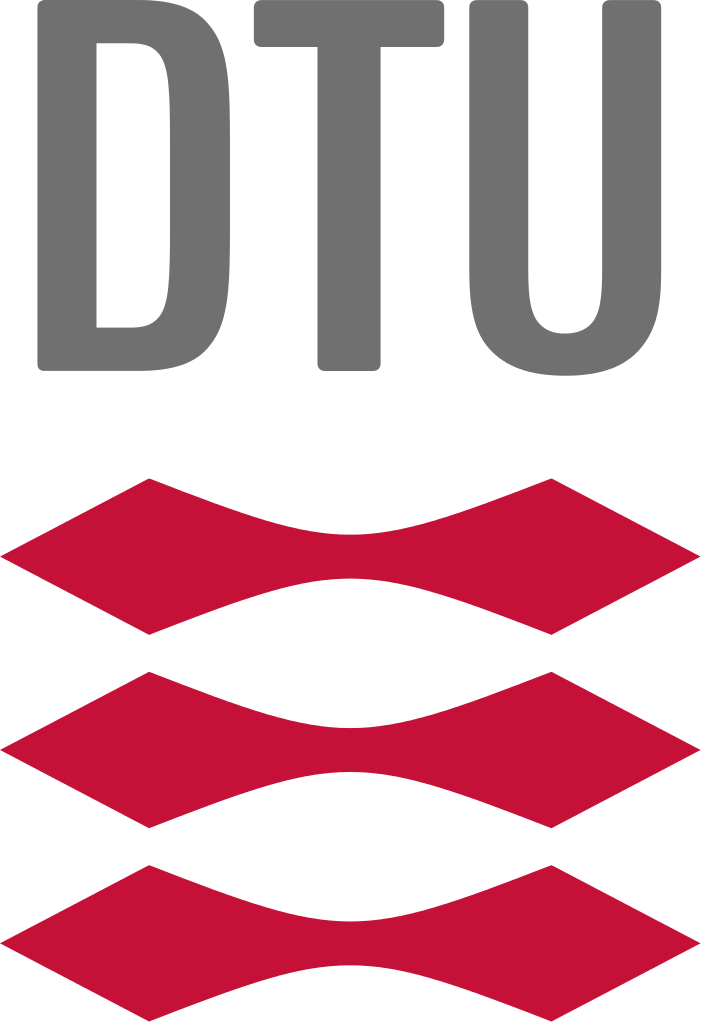
2024 Program
Block 1: Bioinformatics for genomic medicine - variant calling and classification
Day 1: DNA sequencing and germline variant calling
When: April 22, 10.00-17.00
Where: Building 202, room R1014
Program:
10.00 - 10.15: Welcome (Carolina Barra
Quaglia)
10.15 - 11.00: Bioinformatics in Genomic Medicine (Frederik
Otzen Bagger)
11.00 - 11.15: Coffe Break
11.15 - 12.00: Somatic
variant calling and RNA sequencing (Frederik Otzen Bagger)
12.00 -
13.00: Lunch
13.00 - 13.30: Introduction to germline variant
characterization (Carolina Barra Quaglia)
13.30 - 17.00: Exercises
in germline variant classification (Carolina Barra Quaglia)
Preparation:
Whole
genome sequencing in clinical practice
Slides:
Welcome
Bioinformatics
pipelines + Burrows Wheeler transformation
Variant
Not Found
Material:
Burrows-Wheeler
transformation explained (youtube video)
Extra Material on Protein Structure
Visualisation:
Pymol
software
Pymol
basics
Pymol wiki
Pymol
license file
Bioinformatics resources and databases:
ClinVar
Virtual
Ribosome
UniProt
Variant effect
predictor
AlphaFold
String
Exercise:
Burrows-Wheeler
Transformation and GATK
Variant
not found
Curriculum summary
Out of the material covered
today, the following is in the curriculum for the exam:
* The
following file formats: fastq, bam, sam, cram, vcf, vcf.gz (what’s in
them)
* Of the file formats above, which should you store for your
own data and why?
* The bioinformatics database and web services
listed above (from a basic usage perspective)
Day 2: Clustering and RNA classifiers
When: April 23, 9.00-17.00
Where: Building 202, room R1014
Program:
9.00 - 10.00: Exercise summary +
clinical variant interpretation (Majbritt Busk Madsen)
10.00 -
11.00: Molecular subtyping (Lars Rønn Olsen)
11.00 - 11.15: Coffe
Break
11.00 - 12.00: Clustering + Classification (Lars Rønn
Olsen)
12.00 - 13.00: Lunch
13.00 - 17.00: Exercises in
clustering and classification (Carolina Barra Quaglia)
Slides:
Klinisk
variant klassificering
Clustering
Classification
Material:
Principal
component analysis explained
Paper describing
bioinformatics pipelines for molecular subtyping of cancer
Paper:
“Delivering precision oncology to patients with cancer”
Paper
describing machine learning algorithms for breast cancer classification
(very technical paper, but it provides a good overview - voluntary
reading)
Exercise:
Clustering
and classification
R
script
R
data
Curriculum summary
Out of the material covered
today, the following is in the curriculum for the exam:
* Euclidean
distance (and knowing that there are other distance metrics out
there)
* Basic concept of data distributions
* Hierarchical
agglomerative clustering
* knn classification
* Distance to
centroid classification
* The fact that classifiers have tweakable
parameters (e.g. the “k” in knn) and how to decide on the best
settings
* Principal component analysis (in broad strokes, not the
math of it)
Block 2: Bioinformatics for precision therapeutics - cancer immunotherapy
Day 3: Assessing chimeric antigen receptor therapy targets
When: April 24, 10.00-17.00
Where: Building 202, room R1014
Program:
Homework: Working
with biological data in a digital format
…or
an alternative approach
10.00 - 11.00: Bioinformatics tools for
assessing CAR targets (Lars Rønn Olsen)
11.00 - 11.15: Coffe
Break
11.00 - 12.00: Exercises in CAR target assessment (Lars Rønn
Olsen)
12.00 - 13.00: Lunch
13.00 - 17.00: Exercises in CAR
target assessment (Lars Rønn Olsen)
Slides:
Online
bioinformatics tools for assessing CAR therapy targets
Material:
Blog
post describing the prediction of signal peptides
Overview
of post-translational modifications
Paper
describing the importance of target isoforms in CAR cell therapy
Introduction
to Xenabrowser
Bioinformatics resources and databases:
Xenabrowser
Clustal Omega
(Protein) BLAST
DeepLoc
SignalP
TopCons
BepiPred
NetPhosP
UniProt
Exercise:
Evaluating
targets for chimeric antigen receptor therapy
Curriculum summary
Out of the material covered
today, the following is in the curriculum for the exam:
* The FASTA
format and why we use it * The purpose of the web servers and databases
listed above (if you use any of them for your final project, you will
also need to be able to provide a high level explanation of how it
works)
Day 4: Predicting T cell epitopes
When: April 25, 9.00-15.00
Where: Building 202, room R1014
Program:
9.00 - 10.00: MHC binding (Carolina
Barra Quaglia)
10.00 - 11.00: Neural networks and MHC binding
predictions (Carolina Barra Quaglia)
11.00 - 12.00:
Immunopeptidomics and the IEDB (Carolina Barra Quaglia)
12.00 -
13.00: Lunch
13.00 - 15.00: Exercises in prediction of T cell
Epitopes (Carolina Barra Quaglia)
Slides:
Predicting
T cell epitopes
Material:
T
cell epitope prediction book chapter
Bioinformatics resources and databases:
Sequence
Logo generator
Predictor
of MHC-I presented peptides
Predictor
of MHC-II presented peptides
Allele
Frequencies
Exercise:
Making
sequence logo
Neural
network exercise
Immune
Epitope Database exercise
Prediction
of T cell epitopes - answers
Curriculum summary
Out of the material covered
today, the following is in the curriculum for the exam:
* What is
visualized using logo plots and what do the axes of the plot mean
*
How are HLA binders predicted? (General method and training data)
*
What is the content of the immune epitope database and what is the
source of these data?
Block 3: Fundamental bioinformatics algorithms: BLAST and MSA
Day 5: Pairwise sequence alignment
When: April 29, 10.00-17.00
Where: Self study and Zoom
Program:
10.00 - 13.00: Video lecture and exercises
16.00
- 17.00: Q&A time on Zoom (Carolina Barra
Quaglia)
Exercises
Pairwise
alignment - answers
-
Curriculum summary
Out of the material covered
today, the following is in the curriculum for the exam:
* What is
achieved using pairwise sequence alignment
* How is the output
interpreted - particularly the presence of gaps
Day 6: BLAST
When: April 30, 9.00-14.00
Where: Self study and Zoom
Program:
9.00 - 12.00: Video lecture Blast
13.00 - 14.00: Q&A time on Zoom (Carolina Barra
Quaglia)
Curriculum summary
Out of the material covered
today, the following is in the curriculum for the exam:
* What is
achieved using BLAST?
* What is an e value?
* What is %
identity?
Block 4: Project work
Introduction
to project work
When: May 1 - May 30
Where: Self-organized
Program:
Q&A times on Zoom (Carolina Barra
Quaglia):
TBD
Exam
When: Submission of written assignment in Digital Eksamen: 12:00 noon, Monday, May 27, 2024
When: Oral exam May 31, 9.00-12.00 (exact program TBD)
Where: DTU, building 202